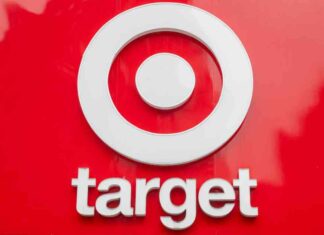Thirty years after its launch, the Arte channel aims to be a European alternative to American platforms but is worried about the end of the audiovisual license fee in France, which could weaken the balance of its Franco-German financing.
SEE ALSO – Presidential 2022: Macron wants to “eliminate the TV license fee”
“Since the war in Ukraine, the need to bring European peoples together through culture has never been greater,” insists its president, the Frenchman Bruno Patino, in an interview with AFP. The channel has also recently had a ratings success with “Servant of the People”, in which Volodymyr Zelensky plays a professor who has become President of Ukraine. Available on its online site from November, the satirical series was highlighted after the Russian invasion by appearing on television. The idea of ??a Franco-German channel was born at the end of the 1980s at the time of other major European projects such as the single currency.
Financed at 95% by the contribution to public broadcasting collected in France and Germany, Arte, which cannot use advertising, is concerned about the consequences that the abolition of the television license fee, announced by French President Emmanuel Macron. “In Germany, notes Bruno Patino, the resources of public broadcasting increased last year. It was deemed relevant to give resources to tools that bring people together rather than those that divide. However, if France removes a fee that was already lower than in Germany (138 euros in mainland France against 220 euros across the Rhine), this could pose a problem. “My concern is to make our interlocutors aware of this potential funding imbalance,” observes Bruno Patino. The vice-president of Arte, the German Peter Weber recognizes, in an email to AFP, “to look very carefully at the situation”. And he warns: “it is certain that any reduction in the allocation of Arte France would have consequences on the German financing of the plant”.
Bruno Patino insists: Arte “is not a German channel translated into French and vice versa, it is an increasingly European channel which multiplies the points of view” “Between French and Germans, we have differences in terms lifestyle, schedules but also culture: the strength of Arte is that we do not erase the differences, ”he adds. He cites the example of Arte Journal, which starts at 7:20 p.m. in Germany and 7:45 p.m. in France, with dinner across the Rhine taking place earlier. Its completely binational editorial staff presents the same newspaper with quite complementary international subjects: the French tend to be interested in Africa, the Germans in Eastern Europe and Russia.
However, the channel’s audience share is much higher in France (2.9%) than in Germany (1.3%). Besides the Rhine, “the competition was much tougher: from the start, Arte was one channel among around thirty others”, explains Peter Weber. “On the other hand, on digital, which has developed under roughly similar conditions in both countries, we are almost on par,” he adds. The channel is indeed one of the precursors in this field, with a video on demand service which started very early. “Our challenge is not to be bigger than Netflix, but to be a very high-quality European platform that offers European programs to all European countries in the language of each,” says Bruno Patino.
It has been offering subtitled programs in English and Spanish since 2015, in Polish since 2016 and in Italian since 2018. In addition to the linear channel and the Arte.tv platform, Arte has also developed on social networks (such as YouTube) and currently has 18 million subscribers. “Thanks to this presence, we attracted young people between 15 and 25 years old. We opened our doors to this generation, as viewers and Internet users but also as authors and directors, ”explains Bruno Patino, giving in particular the example of YouTubers, authors of virtual programs in augmented reality and independent “gamers”.
SEE ALSO – What if we abolished the TV license fee?













